Results 9,041 to 9,050 of 12096
Thread: Anandtech News
-
01-10-19, 11:04 AM #9041
Anandtech: CES 2019: Cooler Master Announces Three New Wireless Mechanical Keyboards,
Cooler Master has announced its first range of wireless mechanical keyboards, the SK621, the SK631 and SK651 models. All three models feature Bluetooth 4.0 functionality and have a slimline profile with Cherry MX low profile switches.
The SK621, SK631 and SK651 models feature a slim profile mechanical frame with the aim to provide a balance between work and gaming. All three models include the use of Cherry MX low profile switches which have a shorter travel distance and actuation point than standard Cherry MX switches; these switches are based on the Cherry MX Red switches.
Users can use these new models either wired or wireless thanks to Bluetooth 4.0 connectivity built-in. Each keyboard comes supplied with a USB Type-C USB cable. The SK621, SK631 and SK651 keyboards also feature per-key backlighting and surrounding light bars which can be customized through its Portal software. The SK621 has a 65-key layout, the SK631 is more compact with a tenkeyless design and the SK651 features a full-sized layout, but keeping in with the SK series thin design.
Availability and pricing information is currently unknown at the time of writing.
Gallery: Cooler Master SK621, SK631 and SK651 Gallery





More...
-
01-10-19, 11:45 AM #9042
Anandtech: ASRock at CES 2019: DeskMini A300, World’s First AMD Ryzen Mini STX PC Lau
ASRock has introduced its miniature DeskMini A300-series desktop PC barebones that are powered by AMD AM4 processors with integrated graphics. The world’s first Mini STX platform supporting AMD Ryzen CPUs is just 1.9 liters in volume, though it supports everything systems of this class can offer, including multiple storage drives, display outputs, and so on.
ASRock’s DeskMini A300-series systems are based on AMD’s A300 chipset and support AMD’s AM4 APUs, including Ryzen and Athlon-branded Raven Ridge processors as well as A-series Bristol Ridge processors with up to 65 W TDP. It is noteworthy that the barebones come without a CPU cooler, which has to be bought separately (cooling systems with up to 46 mm z-height are supported).
The DeskMini A300 barebones are equipped with two DDR4 SO-DIMM slots supporting up to 32 GB of DDR4-2400 or DDR4-2933 memory depending on the APU used (Ryzen or A-series). As for storage, the DeskMini A300 feature two M.2-2280 slots for SSDs (PCIe 3.0 x4 and x2/x4) as well as two 2.5-inch bays for SATA SSDs or HDDs that can be RAIDed (0 and 1 modes are supported).
Unlike some of ASRock’s Intel-based DeskMini systems, the A300 does not support discrete graphics in MXM form-factor, so it relies solely on iGPUs. Speaking of graphics, it is necessary to note that the A300 supports three display outputs (DisplayPort 1.2, HDMI 2.0, D-Sub).
As for general connectivity, ASRock’s DeskMini A300 has a GbE (controlled by the RealtekRTL8111H), USB 3.1 Gen 1 Type-A and Type-C ports, a USB 2.0 Type-A connector, one M.2-2230 slot for a Wi-Fi + Bluetooth module (the DeskMini A300W SKU comes with a preinstalled Intel AC-3168 wireless module), audio connectors, and so on.
ASRock’s DeskMini A300-series systems come with external 120 W power bricks, which should be more than enough for PCs that do not use a discrete GPU and support only 65 W AMD APUs.
ASRock has not announced any information about pricing of its DeskMini A300-series barebones, but keeping in mind that they are powered by AMD’s entry-level A300 chipset and even come without a CPU cooler, it is logical to assume that they will be priced very reasonably.
Related Reading:
- ASRock's Super Tiny DeskMini GTX Z390: Up to 9900K with MXM GPU
- ASRock Jupiter: 1 Liter UCFF PCs with Six-Core Coffee-Lake CPUs
- Shuttle Announces 1.3-Liter XPC Slim DH310: A Barebones PC for Coffee Lake CPUs
- ASRock at CES 2018: Micro-STX DeskMini GTX PC Gets Coffee Lake
- ASRock Upgrades Beebox-S SFF PCs with Kaby Lake CPUs
More...
-
01-10-19, 01:47 PM #9043
Anandtech: Intel’s Core i5-9400F Hits Amazon
Amazon has started to list Intel’s six-core Core i5-9400F desktop processor that lacks integrated graphics, belongs to the Coffee Lake Refresh family, and is produced using the company’s 14 nm process technology. The CPU is aimed at mainstream PCs and generally expands availability of Intel’s six-core processors.
The Core i5-9400F CPU features six cores without Hyper-Threading operating at 2.9 – 4.1 GHz, packs 9 MB of L3 cache, supports DDR4-2666 memory, and is rated for a 65 W TDP. The Core i5-9400F is one of Intel’s entry-level six-core processor for desktops and will therefore be among the cheapest CPUs with six cores. At press time, Amazon offered the CPU for $208.38, but the chip is said to be temporarily out of stock.
Back in October, Intel officially announced three 9th Gen Core processors for desktops: the eight-core Core i9-9900K and Core i7-9700K, as well as the six-core Core i5-9600K. Priced at $488, $384, and $262, these CPUs feature an unlocked multiplier and are aimed at enthusiasts who tend to spend hefty sums on hardware in general. By contrast, the Core i5-9400F comes with a locked multiplier and a 65 W TDP, thus aiming mainstream desktops with discrete graphics cards.
Earlier this week Intel added six more processors to the Coffee Lake Refresh lineup: the eight-core Core i9-9900KF and Core i7-9700KF; the six-core Core i5-9600KF, Core i5-9400F, and Core i5-9400F, as well as the quad-core Core i3-9350KF. According to Intel’s existing terminology, the processors with model numbers ending with F lack integrated graphics, so these new processors will primarily target systems that have to use discrete GPUs.Intel 9th Gen Core CPUs AnandTech Cores Base
FreqTurbo
FreqIGP IGP
FreqDDR4 TDP Price
(1ku)i9-9900K 8 / 16 3.6 GHz 5.0 GHz UHD 630 1200 2666 95 W $488 i9-9900KF 8 / 16 3.6 GHz 5.0 GHz - - 2666 95 W - i7-9700K 8 / 8 3.6 GHz 4.9 GHz UHD 630 1200 2666 95 W $374 i7-9700KF 8 / 8 3.6 GHz 4.9 GHz - - 2666 95 W - i5-9600K 6 / 6 3.7 GHz 4.6 GHz UHD 630 1150 2666 95 W $262 i5-9600KF 6 / 6 3.7 GHz 4.6 GHz - - 2666 95 W - i5-9400 6 / 6 2.9 GHz 4.1 GHz UHD 630 1050 2666 65 W - i5-9400F 6 / 6 2.9 GHz 4.1 GHz - - 2666 65 W $182 i3-9350KF 4 / 4 4.0 GHz 4.6 GHz - - 2400 91 W -
The new Coffee Lake Refresh CPUs are drop in compatible with motherboards based on Intel’s 300-series chipsets and flashed with the latest BIOS versions.
Buy Intel Core i5-9400F on Amazon.com
Related Reading:
- Intel’s New 9th Gen Desktop CPUs: i3-9350KF, i5-9400F, i5-9400, i5-9600KF, i7-9700KF, i9-9900KF
- More Intel 9th Gen Desktop CPUs: Core i7-9700, Core i3-9100, Pentium Gold G5420, and a new Core i3-8100F ?
- Unannounced Intel Core i9-9900KF, i7-9700KF, i5-9600KF and i5-9400F CPUs Listed
- The Intel 9th Gen Review: Core i9-9900K, Core i7-9700K and Core i5-9600K Tested
- Analyzing Core i9-9900K Performance with Spectre and Meltdown Hardware Mitigations
- Intel Announces 9th Gen Core CPUs: Core i9-9900K (8-Core), i7-9700K, & i5-9600K
- Intel Coffee Lake Refresh: Global Price Check on 9900K, 9700K, 9600K
Source: Amazon (via Tom’s Hardware)
More...
-
01-10-19, 01:47 PM #9044
Anandtech: Lenovo at CES 2019: 7th Gen ThinkPad X1 Carbon Gets Thinner
Lenovo this week introduced its 7th Generation ThinkPad X1 Carbon laptops. The new notebooks got a number of tangible improvements when compared to their predecessors. The latest ThinkPad X1 Carbon come in a thinner chassis and integrate latest-gen processors from Intel. In addition, higher-end versions of the new ThinkPad X1 Carbon will come equipped with a 4K LCD featuring a 500 nits brightness and Dolby Vision HDR support.
Being Lenovo’s flagship notebooks, ThinkPad X1 Carbon support the company’s latest technologies and business features as the manufacturer naturally wants to create a product that will stand out from the crowd. The new ThinkPad X1 Carbon comes in a new chassis that is 14.95 mm thick (down from 15.95 mm before) and weighs 1.08 kilograms (down from 1.13 kilograms before). Traditionally, ThinkPad X1 Carbon features ultra-thin display bezels that enable to install a 14-inch LCD into 13.3-inch-class chassis. Speaking of monitors, it is necessary to note that the new laptops will be outfitted either with a premium 10-bit Ultra-HD display panel with a 500 nits brightness and Dolby Vision HDR support, or a more conservative Full-HD panel with a 400 nits brightness and the ThinkPad Privacy Guard.
The new ThinkPad X1 Carbon laptops are based on Intel’s quad-core 8th Gen Core i5/i7 processors based on the Whiskey Lake microarchitecture and featuring Intel’s UHD Graphics 620 iGPU. Just like in case of previous-gen ThinkPad X1 Carbon machines, the CPU will be paired with LPDDR3 (presumably) DRAM, and a PCIe SSD. Since the laptop is about half of a year away, Lenovo does not disclose its exact specifications, possibly because some things may change.
Connectivity wise, the 7th Gen ThinkPad X1 Carbon seems to be generally similar to its predecessor albeit with some improvements: it is going to support Wi-Fi + Bluetooth featuring an enhanced antenna design, an optional 4G/LTE-A Cat16 modem, two Thunderbolt 3 ports, USB 3.0 Type-A connectors, a GbE with a dongle, an HDMI output, a TRRS audio connector, and so on.
One of the important improvements of the upcoming ThinkPad X1 Carbon laptops over the current-gen laptop is a revamped Dolby Atmos-badged audio subsystem with four speakers and four far-field microphones. As for webcam, Lenovo will offer both regular as well as IR-equipped 720p cameras both of which can now be covered with the company’s ThinkShutter privacy cover.
Lenovo says that its next-gen Lenovo ThinkPad X1 Carbon notebooks will work for up to 15 hours, but does not mention its exact capacity. Based on previous-gen flagship Lenovo laptops, it is highly likely that only Full-HD model will operate for up to 15 hours on one charge, whereas Ultra-HD SKUs will work for around 12 hours, depending on the usage model.
The 7th Generation Lenovo ThinkPad X1 Carbon laptops will not be available for quite a while. Lenovo promises to start their sales only in June, 2019, at an MSRP starting from $1709.
Related Reading:
- Lenovo's Halo: The ThinkPad X1 Extreme Announced
- Lenovo Launches Ultra-Thin ThinkPad P1: X1 Carbon Meets Workstation
- Lenovo Unveils New ThinkPad X1 Carbon, X1 Yoga Laptops: 8th Gen Core, Dolby Vision HDR
- Lenovo Reveals Yoga C930 Convertible: 13.9-Inch LCD with Dolby Vision, 8th Gen Core i7
Source: Lenovo
Gallery: Lenovo at CES 2019: 7th Gen ThinkPad X1 Carbon Gets Thinner

More...
-
01-10-19, 03:42 PM #9045
Anandtech: CES 2019: Colorful’s New Watercooled iGame GeForce RTX 2070 Neptune OC
The market for pre-overclocked graphics cards is quite strong. But taking the leap into providing water-cooling for GPUs at retail has only been attempted by a few vendors, and usually at the high-end only. To start the new year, Colorful are getting one of its products this game, but they are going with a non-halo card based around a GeForce GTX 2070, creating the iGame GeForce RTX 2080 Neptune OC.
This card starts life as an RTX 2070, which Colorful then straps an AIO water cooling solution to it, based on a 240mm radiator. The card's clockspeed is then boosted to improve its performance, and thanks to the combination of the cooler and the factory overclock, Colorful is promoting the card as both extreme and quiet. I particularly like the Neptune naming though for a watercooled card, that makes plenty of sense.
Colorful is proud of the watercooling design, which the company states has a high-efficiency pump at the center for 115% more static pressure than traditional pumps due to its internal blade design. The tubing is listed as FEP double tubing, which the company promises is durable yet flexible. The 240mm radiator is designed with a low resistance and high flow rate in mind, albeit with good heat-exchange characteristics. This is paired up with Air Balance RGB fans.
For the card, Colorful lists extended durability Hi-C capacitors, DrMOS technology, and Silver Plating Technology to help with heat dissipation. The water block is under a shroud on the design, which also has a blower-style fan to reduce the temperature of the components not cooled by the water block.
For the overclock, we see a base frequency of 1410 MHz and a turbo frequency of 1620 MHz, which jumps up to 1815 MHz when the OC Button on the side of the card is pushed.
Pricing and availability were not disclosed, although given the time of the announcement it’s likely to be on display at Computex, so it should be launched before then.
Gallery: CES 2019: Colorful’s New Watercooled iGame GeForce RTX 2070 Neptune OC


More...
-
01-10-19, 03:42 PM #9046
Anandtech: Lenovo at CES 2019: Yoga C730 Gets AMOLED Display
Lenovo at CES announced a new version of its Yoga C730 convertible laptop featuring a 4K Ultra-HD AMOLED monitor. The revamped Yoga C730 also uses Intel’s Whiskey Lake processors, but otherwise the new PCs are similar to the Yoga 730 launched last year.
The key feature of the new Lenovo Yoga C730 is of course its 15.6-inch AMOLED display featuring a 3840×2160 resolution along with a very high contrast ratio (100,000:1), wide horizontal viewing angles, deep blacks, ultra-fast response time (e.g., 0.1 ms) as well as all the other advantages and disadvantages that the technology has to offer. The touch-sensitive monitor fully supports Windows Ink and comes bundled with Lenovo’s Active Pen 2 stylus that has 4,096 levels of sensitivity.
Internal hardware wise, the Yoga C730 with AMOLED generally resembles the product released several months. The laptop is powered by Intel’s quad-core 8th Gen Core i7 processor that belongs to the Whiskey Lake family accompanied by up to 16 GB of DDR4 memory and a 512 GB PCIe SSD. The notebook also has an 802.11ac Wi-Fi + Bluetooth controller, a Thunderbolt 3 port, two USB 3.1 Gen 1 Type-C connectors, an HDMI display output, and a 3.5-mm TRRS audio jack, JBL-badged speakers, a fingerprint reader, a 720p webcam, and so on. The laptop can work for eight hours on one charge and comes in Iron Grey.
Lenovo has multiple Yoga-branded convertible notebooks in its lineup, most notably the higher-end and more compact Yoga C930 (14.5 mm z-height, 3.04 lbs/1.38 kg weight) as well as the somewhat less expensive yet more bulky Yoga 730 (~17 mm z-height, 4.16lbs/1.89 kg weight). For some reasons Lenovo decided to equip the latter with a premium monitor and rename it to Yoga C730. Evidently, an AMOLED screen will make the new Yoga C730 more attractive to those who value good displays, but it is still a bit surprising that Lenovo decided not to upgrade its flagship consumer convertible.
Lenovo’s Yoga C730 with AMOLED will be available starting March or April at an MSRP of $1,649. The Yoga C730 will not be the only 15-inch class convertible with an AMOLED screen as HP also introduced its Spectre 15 x360 with a 15.6-inch AMOLED monitor a couple of days ago.
Related Reading:
- HP at CES 2019: HP Spectre x360 15 Gets AMOLED Display
- Lenovo Launches ThinkPad X1 Yoga At CES With OLED Display
- JOLED Demos 21.6-Inch OLED Monitor for Gamers
- Lenovo Reveals Yoga C930 Convertible: 13.9-Inch LCD with Dolby Vision, 8th Gen Core i7
Source: Lenovo
More...
-
01-10-19, 05:47 PM #9047
Anandtech: Lenovo at CES 2019: 43.4-Inch Curved Monitors for Gaming and Work
Large-sized curved displays with a 32:10 aspect ratio have been gaining traction in the recent years both among gamers and professionals. At CES Lenovo introduced its own Legion Y44w and ThinkVision P44w ultra-wide LCDs aimed at gaming and professional applications. Both monitors have a number of similarities, yet are tailored for the said market segments.
Lenovo’s Legion Y44w and ThinkVision P44w displays use curved 43.4-inch panels featuring a 3840×1200 resolution as well as 450 nits brightness. The LCDs carry VESA’s DisplayHDR 400 badge and therefore support HDR10 format. The two monitors come equipped with two USB 3.1 Gen 1 & Gen 2 Type-C ports with 90 W power delivery (across two ports) to connect two PCs, something that might be useful both in home and office environments, as well as a pop-down dual-port USB hub to connect to peripherals.
The gaming-oriented Legion Y44w supports AMD FreeSync 2 HDR-focused dynamic refresh rate technology with a maximum refresh rate of up to 144 Hz along with a 4 ms response time. Additionally, it has a detachable Harman Kardon-certified speaker and an aggressive-looking stand.
By contrast, the productivity-focused ThinkVision P44w monitor has an integrated KVM switch and supports picture-by-picture capability, essentially allowing to use two PCs seamlessly on one display. Lenovo points out that one 43.4-inch panel with a 3840×1200 resolution provides the same amount of screen real estate (as well as the number of pixels) as two 24-inch monitors with a 1920×1200 resolution. The LCD uses a rather conservatively-designed stand in a bid to match designs of office environments.
Lenovo’s Legion Y44W display is set to hit the market this April at a price of $1,200. The ThinkVision P44w will be available around the same time, but will be priced higher at $1,300.
Related Reading:
- LG to Demo UltraWide 38-Inch 144Hz Gaming & 49-Inch Workstation Displays at CES
- LG’s 34UC89G 21:9 Curved Display with G-Sync, 144 to 166 Hz, Available for $999
- Dell U4919DW Curved Display Unveiled: 49 Inches, 5120x1440
- Philips Preps 499P9H Curved 49-Inch 5K Display with USB-C Docking & Webcam
- ASUS Demonstrates ProArt PA34V Professional Curved UWQHD Display with TB3
- Samsung Unveils CJ79 & CJ89 Curved LCDs: Quantum Dots, TB3 & USB-C
- MSI’s 49” Optix Curved Display and Oculux 25” High Refresh Monitors Announced
Source: Lenovo
More...
-
01-11-19, 09:17 AM #9048
Anandtech: Mushkin at CES 2019: Carbon X100 & Carbon Z100 External SSDs at Up to 2.2
Mushkin introduced its new external SSDs featuring USB Type-C and Thunderbolt 3 interfaces and powered by desktop-class controllers. The Carbon X100 and the Carbon Z100 drives offer performance akin to that of internal SSDs and their sequential read and write speeds to some degree are limited by their interfaces.
Both the Carbon X100 and the Carbon Z100 external drives essentially integrate a desktop-class SSD featuring 3D NAND memory and an appropriate interface controller — a USB 3.1 Gen 2 Type-C for the former as well as a Thunderbolt 3 for the latter. Meanwhile, Mushkin's new SSDs are considerably faster than the company's previous-generation external storage solutions.
We are going to start with the value Carbon X100, which external design looks surprisingly similar to that of MyDigitalSSD’s M2X enclosure. The Mushkin Carbon X100 is based on Silicon Motion’s SM2263XT controller and is equipped with 500 GB or 1 TB of 3D TLC NAND memory (so, think about Mushkin’s Helix-L SSD inside the chassis). The manufacturer rates their sequential performance at 1000 MB/s both for reads and writes, whereas random speeds are quoted at 115K/88K IOPS for reads and writes. The drives use a USB 3.1 Gen 2 Type-C interface, which probably limits performance of the SSD. The Carbon X100 is still faster than all SATA 6 Gbps internal drives, yet its speeds are considerably slower than those of PCIe 3.0 x4-based solutions powered by the same controller.
The Carbon X100 SSDs will be available in Q2 2019, but Mushkin does not specify MSRPs as they will depend on market price of 3D NAND memory.
Moving on to the faster Mushkin Carbon Z100 SSDs positioned as extreme performance solutions for computers featuring Thunderbolt 3 ports. In fact, since the storage solutions use Intel's Alpine Ridge TB3 controllers, their compatibility with USB 3.1 Type-C computers is not guaranteed.
These drives use Silicon Motion’s top-of-the-range SM2262EN controllers as well as 250 GB – 2 TB of 64-layer 3D TLC NAND flash memory (perhaps, integrating Mushkin’s Pilot-E M.2 SSDs). The Carbon Z100 are rated for up to 2210 MB/s sequential read speed as well as up to 1355 MB/s sequential write speed, thus being significantly slower than the SM2262EN-powered Pilot-E. As for random performance, we are talking about 263K/180K read/write performance levels, which is quite fine for an external single-drive solution.
Mushkin expects Z100 SSDs to hit the market sometimes in the second quarter (i.e., after the Pilot-E drive will be finalized and launched). Meanwhile, MSRPs are undecided since they will depend on price of 3D NAND memory.
Related Reading:Brief Specifications of Mushkin's High-Performance External SSDs Family Carbon Z100 Carbon X100 CarbonEXT Ventura Ultra Interface Thunderbolt 3 USB 3.1 Gen 2 Type-C or USB Type-A USB 3.0 Type-A or
USB Type-CUSB 3.0 Type-A Capacity 250 GB - 2 TB 500 GB - 1 TB 120 GB - 1 TB 60 GB - 480 GB Controller SM2262EN SM2263XT SM2258XT SF-2281 NAND Flash 64L 3D TLC NAND 3D TLC NAND 3D TLC NAND Planar NAND Sequential Read 2210 MB/s 1000 MB/s 450 MB/s Sequential Write 1355 MB/s 1000 MB/s 450 MB/s 445 MB/s Random Read IOPS 263K IOPS 115K IOPS 45K IOPS unknown Random Write IOPS 180K IOPS 88K IOPS 45K IOPS unknown Dimensions ? ? 93×50×13 mm 73.3×19.8×9 mm Warranty 3 years 2 years Announcement Date Q1 2019 Q1 2019 Q1 2018 Q1 2013
- Mushkin at CES 2018: CarbonEXT 1 TB USB 3.0 SSD, Swap USB Type-A & Type-C Drive
- SanDisk's Mainstream Extreme PRO Portable SSD Goes NVMe
- Seagate at CES 2019: LaCie Mobile Drive and SSD External Storage Solutions
- Panasonic Announces Its First Thunderbolt 3 SSDs
Source: Mushkin
More...
-
01-11-19, 09:17 AM #9049
Anandtech: Mushkin at CES 2019: SSDs With 96L 3D NAND in Q2
At CES, Mushkin provided their usual roadmap update detailing the next several SSDs they plan to release. There aren't any big surprises: several of the products have been mentioned previously, and they all fit the general pattern of a vendor building off of Silicon Motion's reference designs. But for that same reason, Mushkin's plans also give us insight about what to expect from several other brands that are also reliable partners for Silicon Motion.
Mushkin's flagship SSD for 2019 will be the Pilot-E M.2 NVMe, replacing the Pilot. This is a transition from the Silicon Motion SM2262 controller to the SM2262EN, a transition that ADATA and HP have already made or announced with the SX8200 Pro and EX950 respectively. We previewed the SM2262EN controller last year and will have our first review of a final retail product up later this month. Last year's SM2262 drives were the clear winners of the high-end SSD product segment, with performance that generally rivaled top drives like the Samsung 970 EVO, but with prices low enough to ruin most attempts to introduce a separate entry-level NVMe product segment. The Pilot-E will still be using the same Micron 64-layer 3D TLC NAND as the original Pilot, so all the performance improvements will be a result of controller and firmware changes.
The Mushkin Helix-L was announced last year but never actually hit the market. The specs are unchanged: it's a low-end NVMe SSD with the DRAMless Silicon Motion SM2263XT controller that uses the NVMe Host Memory Buffer feature. Silicon Motion's low-end NVMe controllers are somewhat unusual in still having four PCIe lanes instead of just two, but peak sequential access performance still isn't expected to break 2GB/s.
The most interesting drive is the new entry-level Source 2 SATA SSD. We found the Mushkin Source to be a decent DRAMless SATA SSD (subject to the usual performance caveats for this product segment), and it has generally been very well priced. The Source 2 will update to Micron's 96-layer 3D TLC and the Silicon Motion SM2259XT controller. The NAND flash upgrade was sure to appear somewhere on this year's roadmaps, but Mushkin is planning to start shipping it in the second quarter of 2019, which is a little sooner than we were expecting. Toshiba kicked off the 96-layer transition last year with the XG6 but has made no move to introduce 96L flash to the retail SSD market, and the best we've heard from their partners is to expect products in the second half of 2019. Samsung announced their 96L transition plan including a 970 EVO Plus, but didn't give a detailed timeline. Intel and Micron have been pretty quiet, but based on Mushkin's plans it looks like many Micron-based drives will probably switch to 96L NAND before their Toshiba-based competitors.
The switch to the SM2259XT controller is a bit unexpected. The only drive we've encountered with the SM2259 is the Intel 545s, and we haven't run across anything else with the DRAMless -XT variant. Most vendors seem to view the SM2259(XT) as offering few advantages over the SM2258(XT), since the upgraded error correction and end to end data path protection it offers are not seen as strictly necessary for consumer drives and are more about increasing the controller's appeal for datacenter applications. Mushkin's decision to move to the SM2259XT for a low-cost drive like the Source 2 indicates that it doesn't cost any more than the SM2258XT.
More...
-
01-11-19, 10:11 AM #9050
Anandtech: Dell at CES 2019: Alienware m17 Packs Core i9, GeForce RTX into 17.3-Inch
Having launched Alienware m15 ultra-thin gaming laptops last year and updated them this week, Dell is rolling out more notebooks for gamers concerned about compact dimensions. The new Alienware m17 machines feature a 17.3-inch display and pack six-core processors paired with NVIDIA’s GeForce RTX 2080 Max-Q GPUs into a chassis that is up to 0.91 inch (23 mm) thick.
It goes without saying that the key feature of Alienware’s m17 laptop is its 17.3-inch display with a 1920×1080, 2560×1440, or 3840×2160 resolution. The Full-HD and Ultra-HD IPS panels feature a 60 Hz refresh rate, whereas the QHD TN panel features a 120 Hz refresh rate. Meanwhile, the higher-end 4K and QHD screens boast with 400 nits brightness, whereas the entry-level LCD is only rated for 300 nits brightness.
As far as internal hardware is concerned, the Alienware m17 notebook will use exactly the same components and configurations as the updated Alienware m15 introduced earlier this week. So, the the machine is powered by Intel’s latest mobile processor – including its six-core Core i9-8950HK CPUs – that are paired with NVIDIA’s GeForce GTX 1050 Ti, GeForce RTX 2060, RTX 2070 Max-Q, or 2080 Max-Q GPUs. Various Alienware m17 configs will feature from 8 to 32 GB of DDR4 memory and from 256 GB to 2 TB of PCIe/NVMe storage (see exact specs in the table below).
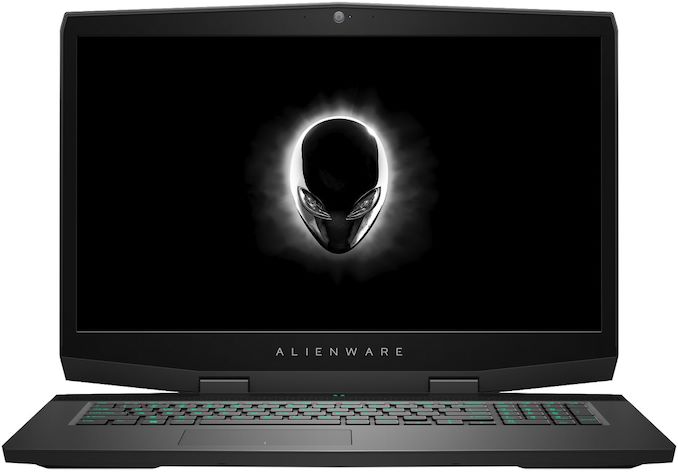
One important thing to note is that since the Alienware m17 notebook is bigger than the Alienware m15, it can be equipped with a larger and better cooling system. The latter enables the laptops to work at Turbo frequencies longer and thus provide higher performance in games.
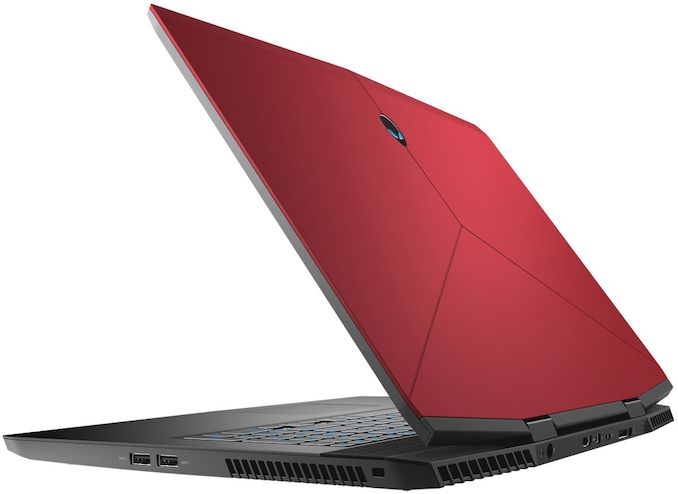
When it comes to connectivity, the Alienware m17 copies its smaller brother too. The notebook has 802.11ac Wi-Fi + Bluetooth (from Qualcomm or Rivet Networks), a Killer E2500-enabled GbE port, one Thunderbolt 3 header, three USB 3.0 Type-A connectors, two display outputs (mini DisplayPort 1.3, HDMI 2.0), a 3.5-mm TRRS audio jack, and an Alienware Graphics Amplifier port for proprietary external graphics solutions. Besides, the Alienware m17 laptop features an RGB-backlit keyboard with a numpad, a 1080p webcam, stereo speakers, and a microphone array.
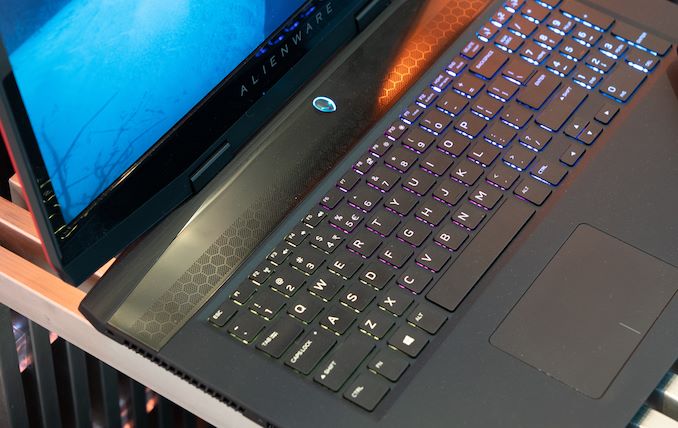
Just like the Alienware m15, the 17.3-inch notebook comes in Epic Silver or Nebula Red chassis that are from 18.5 to 23 mm thick (0.727 – 0.91 inches) thick. As for the weight, the Alienware m17 weighs 2.63 kilograms (5.79 pounds) when equipped with a 60 Wh battery or more when outfitted with a 90 Wh battery in a build-to-order configuration.
Sales of the Alienware m17 are set to begin on January 29, 2019. The price of the laptops will start at $1,650.
General Specifications of Dell's Alienware m17 Alienware m17
1080p 60 HzAlienware m17
1440p 120 HzAlienware m17
4K UHDDisplay Type IPS TN IPS Resolution 1920×1080 2560×1440 3840×2160 Brightness 300 cd/m² 400 cd/m² Color Gamut 72% NTSC (?) ~100% sRGB Refresh Rate 60 Hz 120 Hz 60 Hz CPU Intel Core i5-8300H - 4C/8T, 2.3 - 4 GHz, 8 MB cache, 45 W
Intel Core i7-8750H - 6C/12T, 2.2 - 4.1 GHz, 9 MB cache, 45 W
Intel Core i9-8950HK - 6C/12T, 2.9 - 4.5 GHz, 12 MB cache, 45 WGraphics Integrated UHD Graphics 620 (24 EUs) Discrete NVIDIA GeForce GTX 1050 Ti with 4 GB GDDR5
NVIDIA GeForce RTX 2060 with 6 GB GDDR6
NVIDIA GeForce RTX 2070 Max-Q with 6 GB GDDR6
NVIDIA GeForce RTX 2080 Max-Q with 8 GB GDDR6RAM 8 GB single-channel DDR4-2667
16 GB dual-channel DDR4-2667
32 GB dual-channel DDR4-2667Storage Single Drive 256 GB PCIe M.2 SSD
512 GB PCIe M.2 SSD
1 TB PCIe M.2 SSD
1 TB HDD with 8 GB NAND cacheDual Drive 128 GB PCIe M.2 SSD + 1 TB (+8 GB SSHD) Hybrid Drive
256 GB PCIe M.2 SSD + 1 TB (+8 GB SSHD) Hybrid Drive
512 GB PCIe M.2 SSD + 1 TB (+8 GB SSHD) Hybrid Drive
1 TB PCIe M.2 SSD + 1 TB (+8 GB SSHD) Hybrid Drive
118 GB Intel Optane SSD + 1 TB (+8 GB SSHD) Hybrid Drive
256 GB PCIe M.2 SSD + 256 GB PCIe M.2 SSD
512 GB PCIe M.2 SSD + 512 GB PCIe M.2 SSD
1 TB PCIe M.2 SSD + 1 TB PCIe M.2 SSDWi-Fi + Bluetooth Default Qualcomm QCA6174A 802.11ac 2x2 MU-MIMO Wi-Fi and Bluetooth 4.2 Optional Killer Wireless 1550 2x2 802.11ac and Bluetooth 5.0 Thunderbolt 1 × USB Type-C TB3 portUSB 3 × USB 3.1 Gen 1 Type-ADisplay Outputs 1 × Mini DisplayPort 1.3
1×HDMI 2.0GbE Killer E2500 GbE controller Webcam 1080p webcam Other I/O Microphone, stereo speakers, TRRS audio jack, trackpad, Alienware Graphics Amplifier port, etc. Battery Default 60 Wh Optional 90 Wh Dimensions Thickness 18.5 mm | 0.727 inch ~ 23 mm | 0.91 inch Width 410 mm | 16.1 inch Depth 292.5 mm | 11.52 inch Weight (average) 2.63 kilograms | 5.79 lbs Operating System Windows 10 or Windows 10 Pro 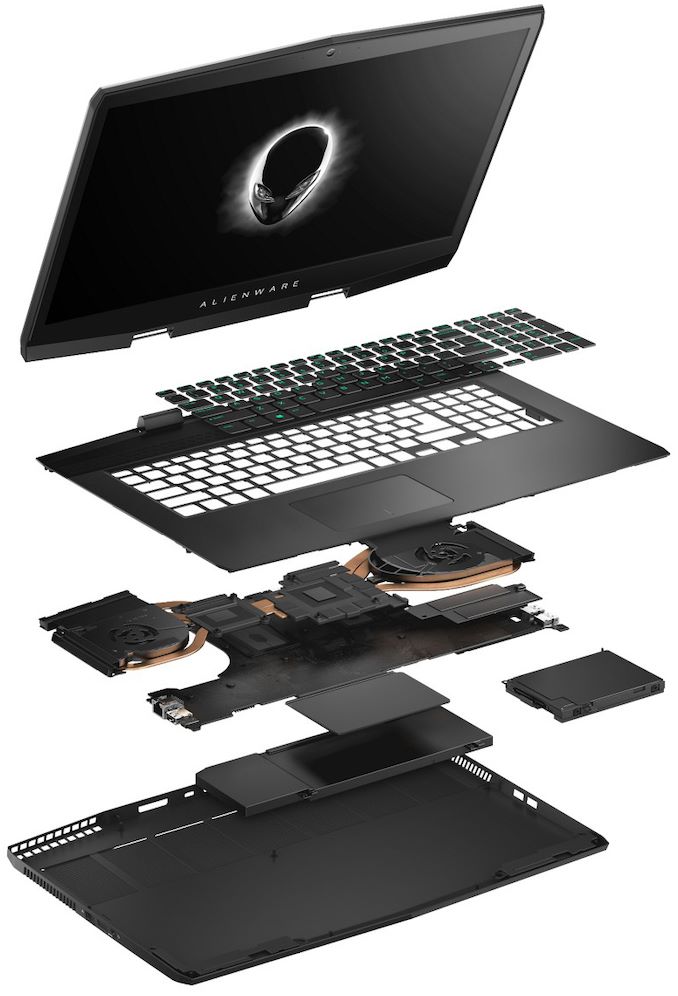
Related Reading:
- Alienware Rolls Out Thin & Powerful m15 Laptop: Coffee Lake & GTX 1070 Plus 4K
- Eurocom Launches Tornado F7W DTR Laptop: Desktop Core i9-9900K with 128 GB of RAM
- Dell's Spring Range: New 8th Gen Alienware, Laptops, and Monitors
- Alienware Refreshes The Alienware 15 And 17 Gaming Notebooks At PAX
- Eurocom Launches Sky X4C, X7C and X9C Laptops with Core i7-8700K CPUs
Source: Dell
More...
Thread Information
Users Browsing this Thread
There are currently 11 users browsing this thread. (0 members and 11 guests)




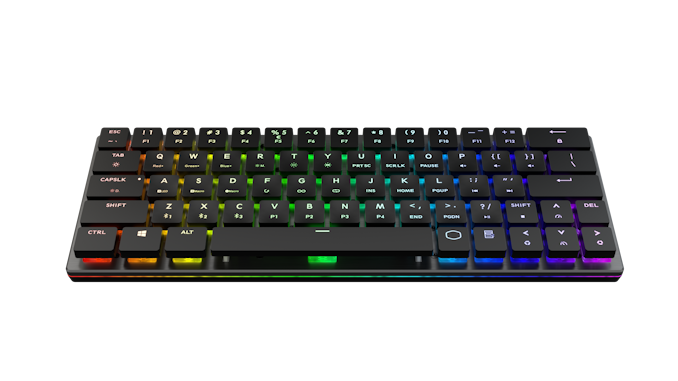
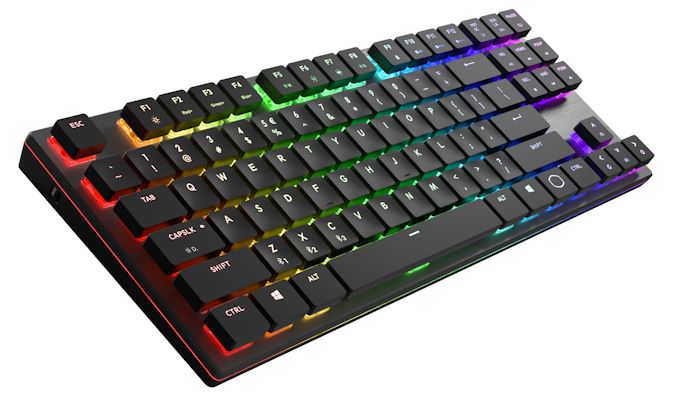

 Quote
Quote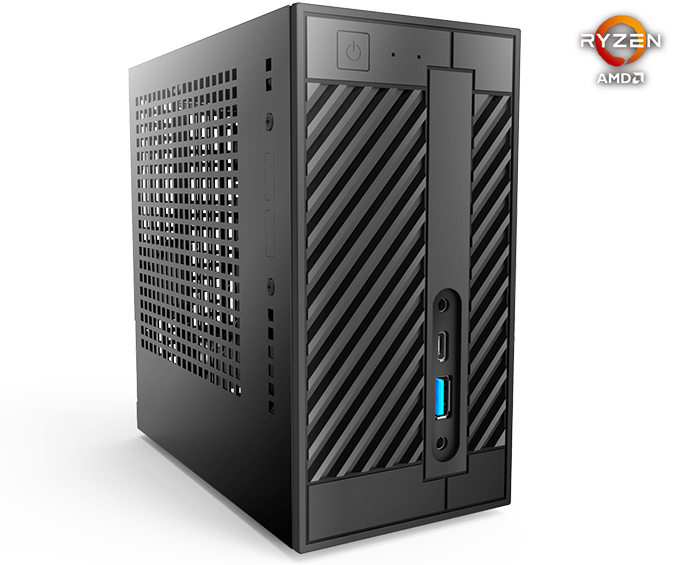
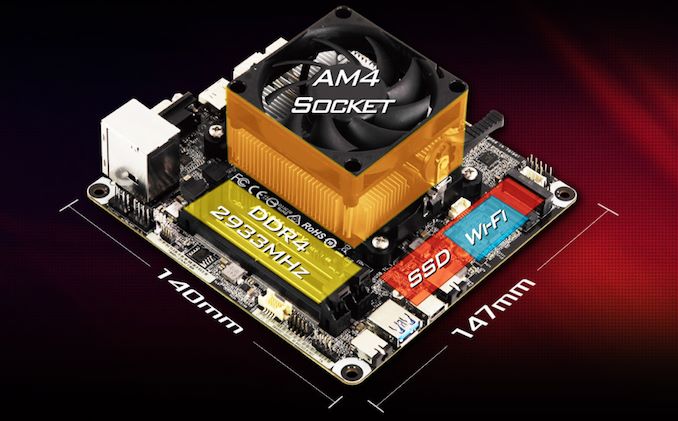
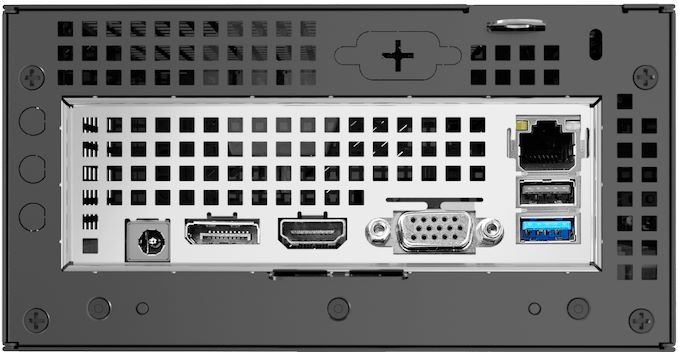
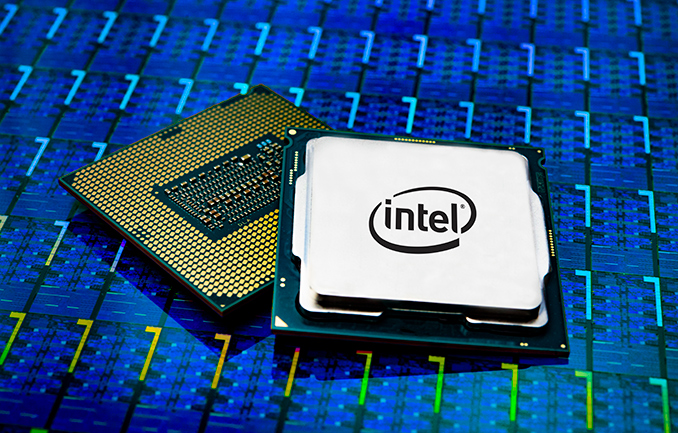

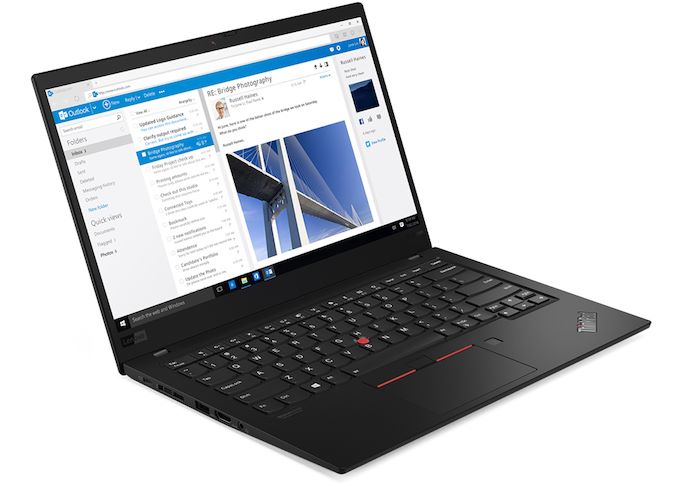

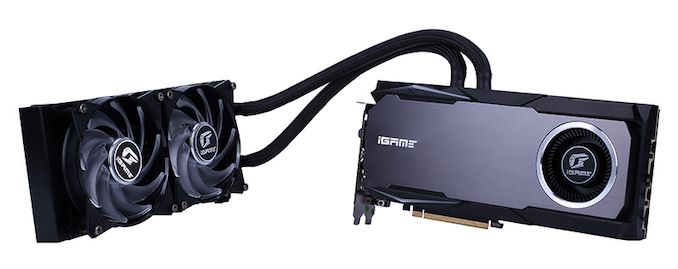
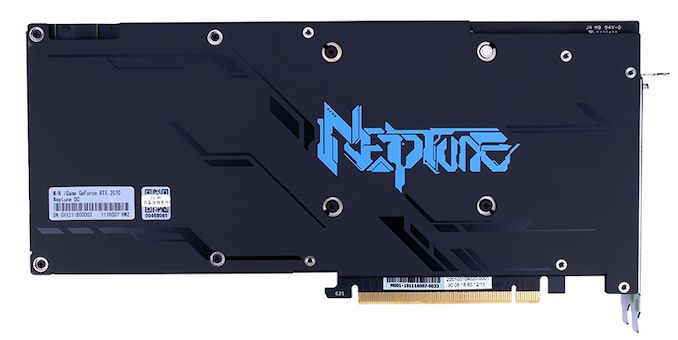



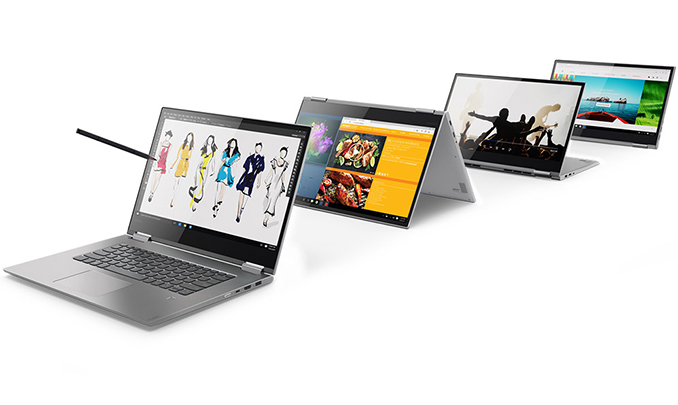

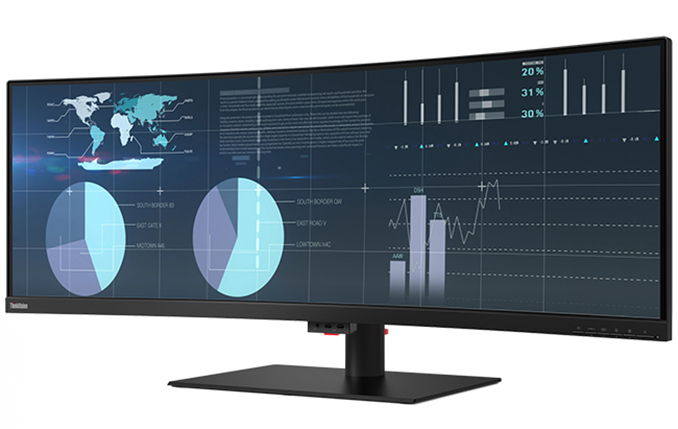
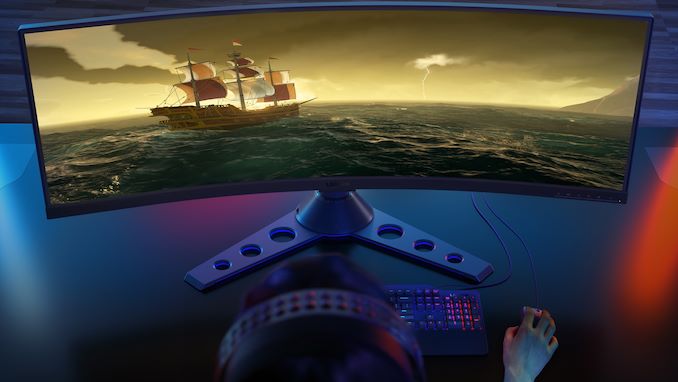
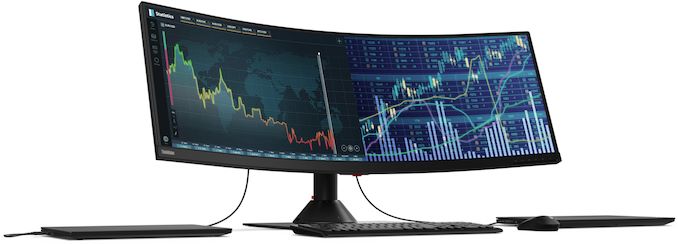
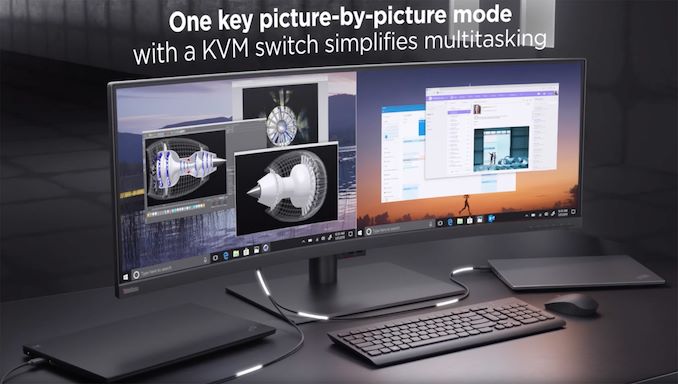
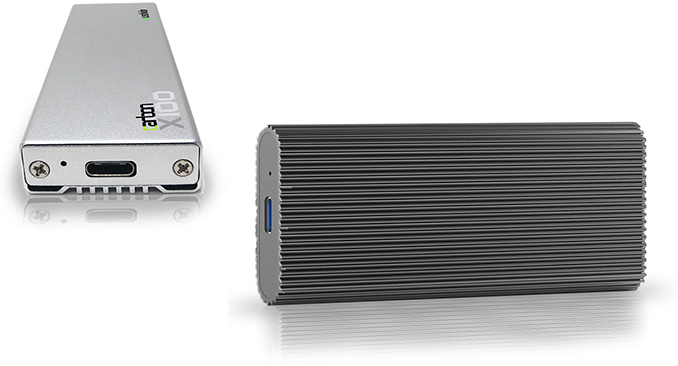
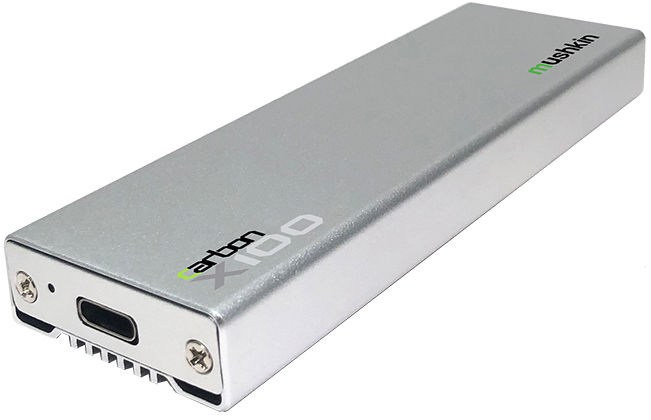
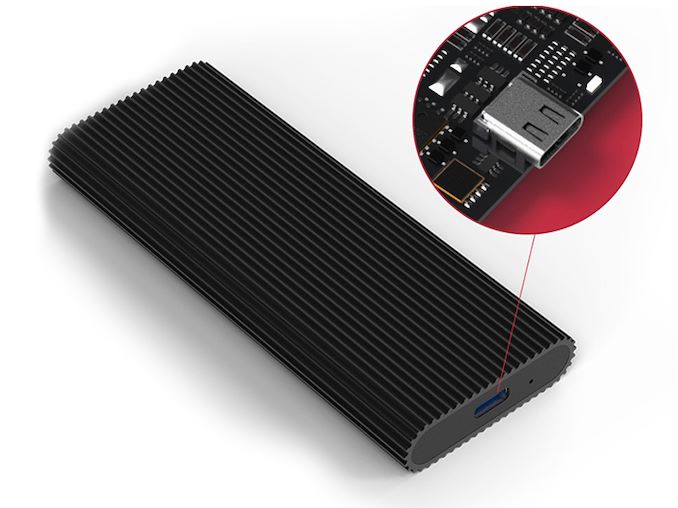
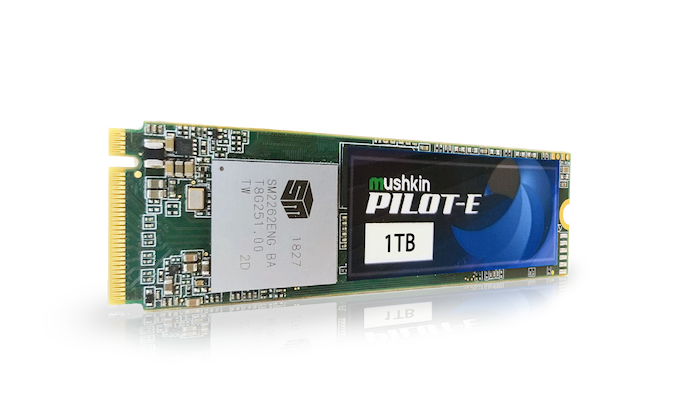
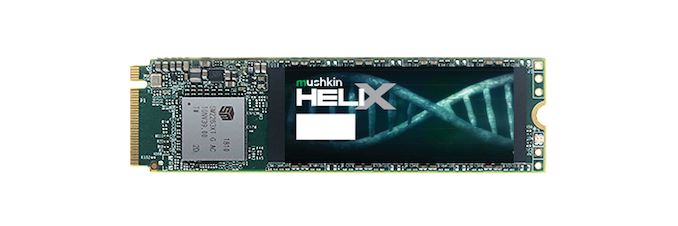

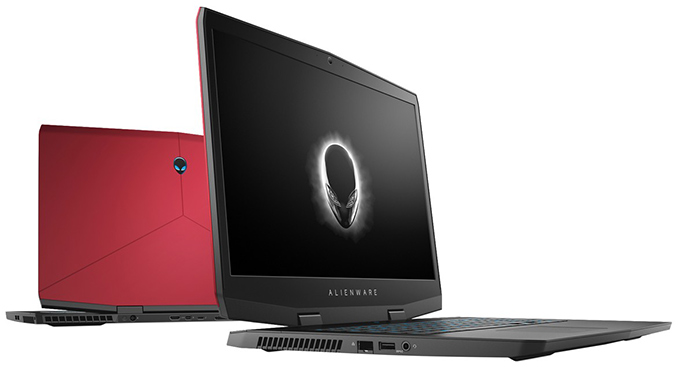

















Bookmarks